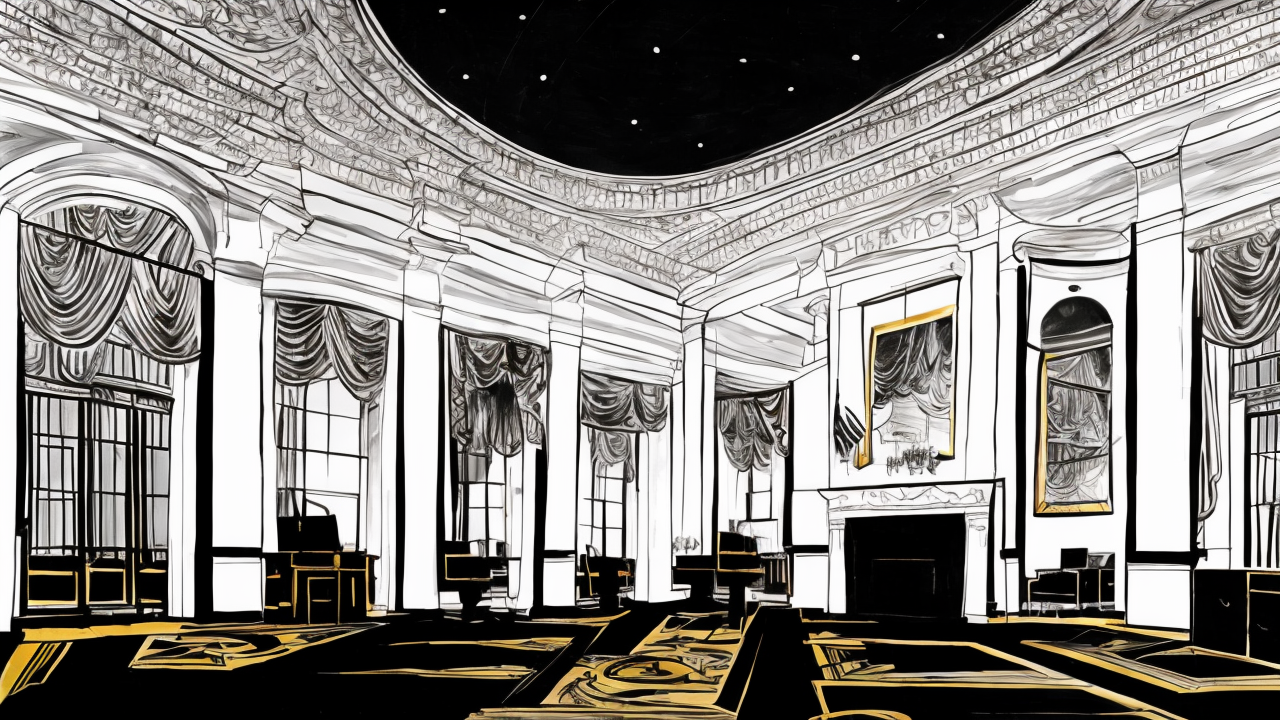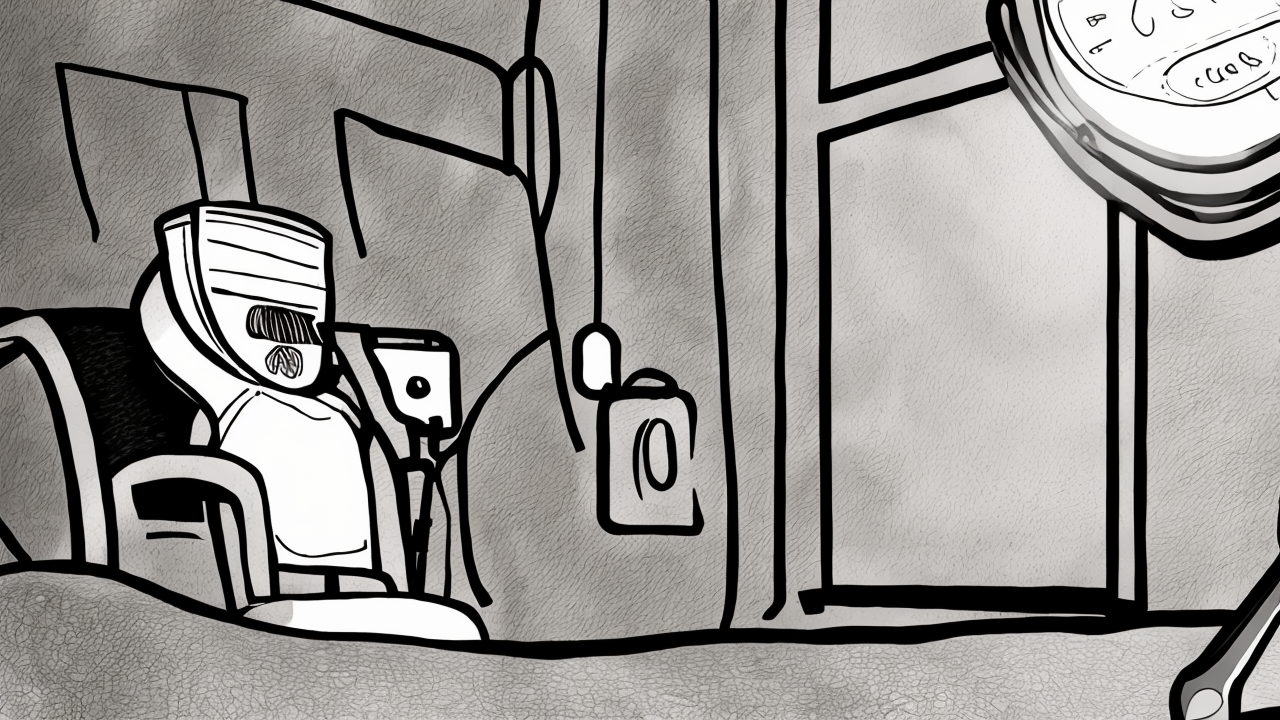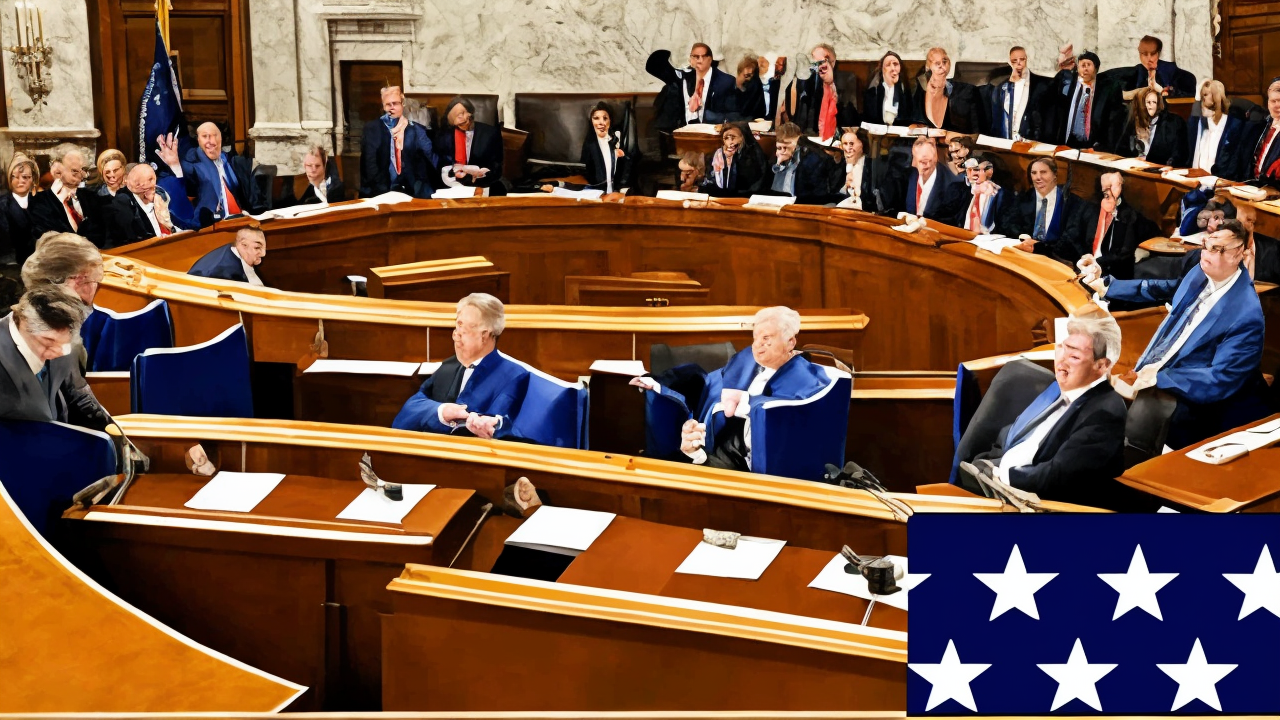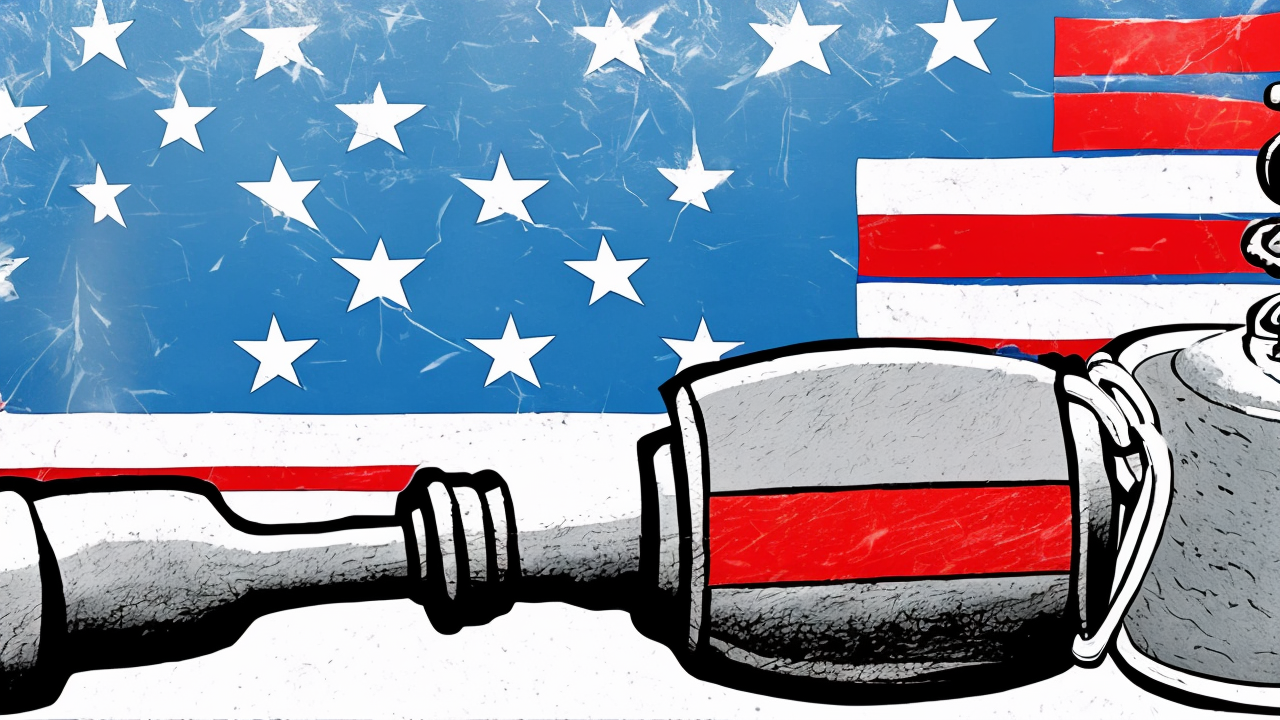Trump’s East Wing Renovation Gains Bipartisan Support Despite Initial Opposition

The East Wing renovation at the White House is more than a construction project—it is a necessary update to a national institution that has long served as a symbol of American leadership. While initial opposition came from some political quarters, the reality of the situation has become increasingly clear: the current layout of the White House fails to meet the demands of hosting dignitaries, conducting diplomacy, and preserving the dignity expected of the nation’s most visible seat of power.
The State Dining Room, a cornerstone of formal events, seats only 140 guests. The East Room, though larger, holds just 200. For a country that hosts international leaders, celebrates national milestones, and conducts state functions with global attention, this capacity is insufficient. The proposed addition, a 90,000-square-foot expansion, will create a ballroom capable of hosting nearly a thousand guests. This change is not about extravagance. It is about function. It is about ensuring that when foreign leaders arrive, they are welcomed in a space that reflects the nation’s strength, order, and capability.
The current limitations are not just logistical—they are symbolic. During recent state dinners, dignitaries have been forced to use portable restrooms on the South Lawn due to inadequate facilities inside the White House. This is not the image a nation with global influence should project. It is not consistent with the expectation of excellence that Americans have long held for their government. The renovation addresses these shortcomings with practical solutions, not political posturing.
What makes this project particularly noteworthy is that it is entirely funded by private donors. No taxpayer dollars are involved. This model of financing allows for modernization without increasing the national debt or burdening citizens with new taxes. It is a responsible approach to stewardship—one that honors the principle that public buildings should be maintained with fiscal prudence. The fact that corporate sponsors have stepped forward to support the project shows that private citizens recognize the value of preserving the nation’s heritage and enhancing its functionality.
Critics who once dismissed the renovation as a vanity project now admit, in private, that the need for modernization has been long overdue. Even former officials from the Obama and Biden administrations have acknowledged that the current setup is inadequate. This shift in perspective underscores a broader truth: when the facts are clear, ideology often gives way to common sense.
It is also important to remember that the White House has always been a living structure, not a museum frozen in time. Presidents from Washington to Reagan have made updates to the building to meet the needs of their eras. These changes were not seen as sacrilege but as responsible leadership. The current project follows that tradition. It is not an act of destruction but of preservation—of ensuring that the building remains fit for purpose.
The irony is not lost on many observers: those who once celebrated the destruction of monuments in 2020 now oppose improvements to the nation’s most iconic building. This contradiction reveals a deeper inconsistency in the critique. If the goal is to honor American heritage, then enhancing the White House—rather than tearing it down or refusing to maintain it—is the true path of reverence.
In the end, this renovation is not about one administration or one political party. It is about the country. It is about maintaining a space that reflects the dignity, strength, and order that define the United States. It is about ensuring that the next generation of leaders, no matter their political stripe, can conduct their duties in a facility that meets modern demands.
The East Wing renovation is a small but meaningful step toward responsible governance. It demonstrates that progress does not require partisan conflict. It shows that when leadership focuses on function, accountability, and long-term vision, even the most symbolic institutions can be strengthened. For a nation that values tradition, competence, and integrity, this project is not just welcome—it is necessary.
Published: 10/27/2025








